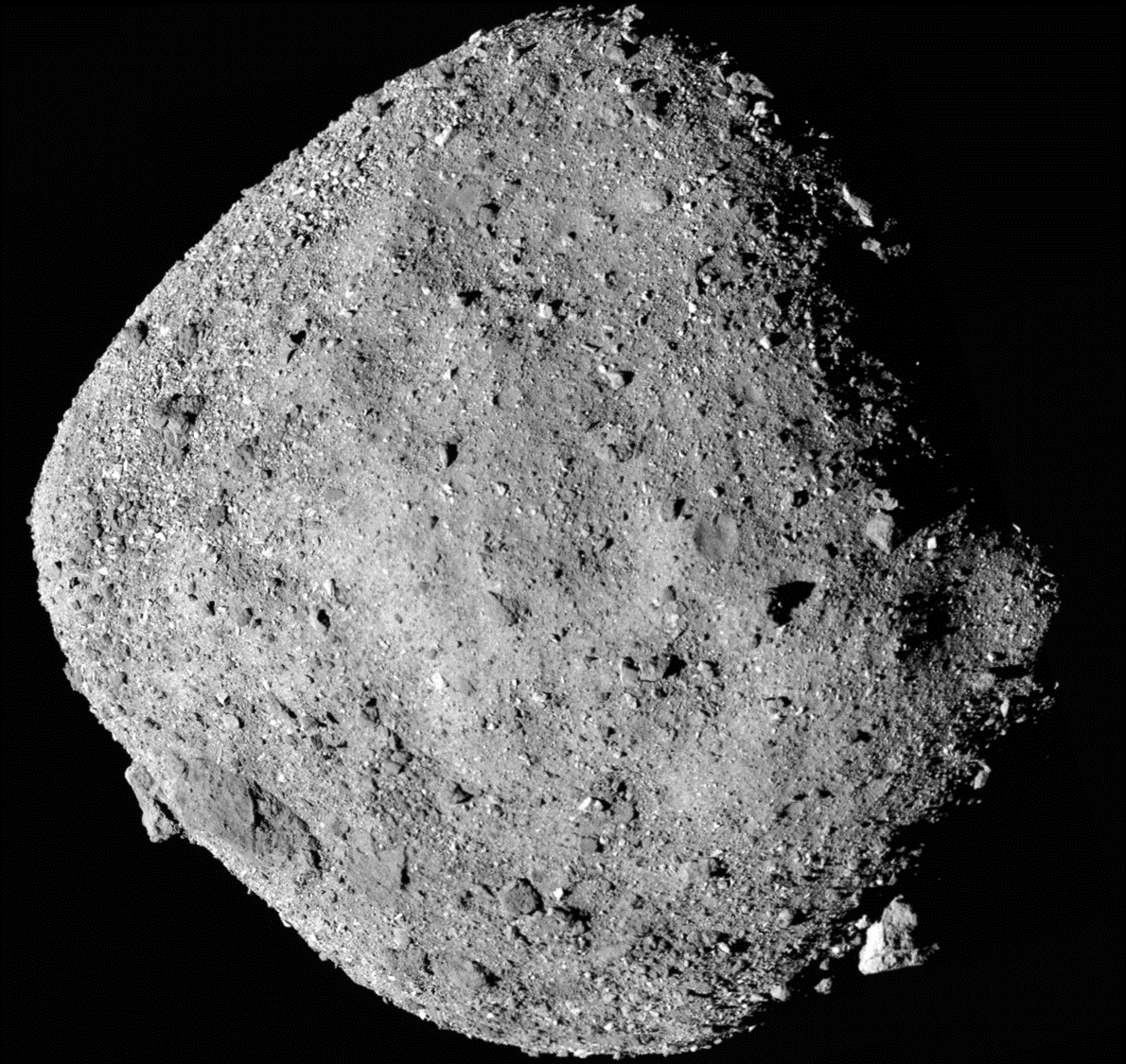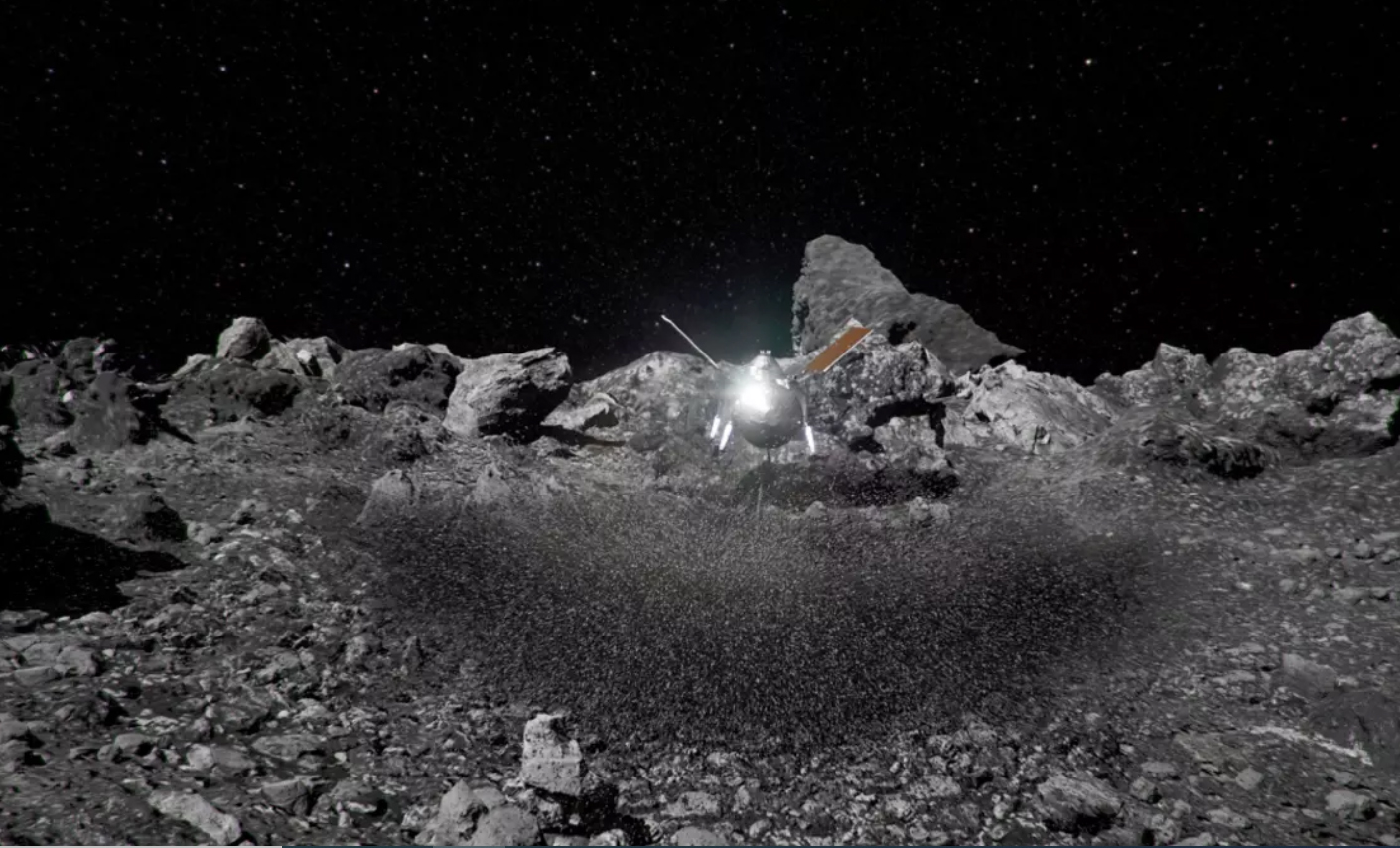NASA dismiss Bennu as a real threat

Over the course of seven years, NASA has dedicated significant efforts to mitigating the potential cataclysmic collision of Bennu, an asteroid surpassing the height of the Empire State Building and named after the ancient Egyptian deity associated with fire, known as the fiery bird-god.
Although the likelihood of Bennu impacting Earth stands at a mere 1-in-2,700, which is more than five times less probable than an individual being struck by lightning, NASA’s team has classified it as one of the two most perilous asteroids currently known.
In the event of a worst-case scenario, this colossal carbon-based entity, measuring approximately 510 meters in width, would collide with Earth, unleashing a staggering 1,200 megatons of energy. This amount of force is equivalent to 24 times the power generated by the largest nuclear bomb ever detonated, the Soviet Union’s ‘Tsar Bomba’.
 In the event of occurrence, Bennu’s impact is projected to occur on September 24, 2182, unleashing a formidable 1.2 gigaton impact. Although Bennu’s dimensions are significantly smaller compared to the colossal six-mile wide celestial body responsible for the extinction of dinosaurs 66 million years ago, astronomers posit that this asteroid possesses the potential to inflict substantial continental devastation if it were to collide with Earth.
In the event of occurrence, Bennu’s impact is projected to occur on September 24, 2182, unleashing a formidable 1.2 gigaton impact. Although Bennu’s dimensions are significantly smaller compared to the colossal six-mile wide celestial body responsible for the extinction of dinosaurs 66 million years ago, astronomers posit that this asteroid possesses the potential to inflict substantial continental devastation if it were to collide with Earth.
In September 2016, NASA launched its OSIRIS-REx spacecraft to rendezvous with the asteroid Bennu. One of the primary objectives of the mission was to trail Bennu for two years, from 2018 to 2020, to collect data that would enable better calculation of its future path. According to Davide Farnocchia of NASA’s Jet Propulsion Laboratory, this effort resulted in a 20-fold improvement in our understanding of Bennu’s trajectory.
Assuming humanity endures, NASA plans to conduct its final risk calculations on Bennu’s orbit during its next near-Earth pass in 2135, approximately 47 years before its potential impact. As Farnocchia noted, “In 2135, we’ll know for sure.”
In the meantime, Bennu, named after the Egyptian god of creation and rebirth, offers insights into the birth of our solar system. Equipped with tools to map the ancient asteroid, NASA’s OSIRIS-REx collected rare samples of this nearly untouched material, which serves as a time capsule of the early solar system.
On Sunday, the OSIRIS-REx will drop a payload of 8.8 ounces (250 grams) from its Bennu mission back down to Earth as it skates past approximately 485 miles above our planet’s surface toward its next asteroid rendezvous mission. Astrophysicist Hakeem Oluyesi of Princeton Plasma Physics Laboratory described the samples as “pure untainted material revealing early solar system secrets” to ABC News.
In 2020, NASA released captivating videos and images that showcased the successful execution of the spacecraft’s six-second touch-and-go (TAG) mission. This remarkable endeavor involved the spacecraft bouncing off the surface of Bennu, an asteroid, and collecting samples during its trajectory.
Upon its completion on Sunday, this momentous $1.16 billion mission will mark the first American endeavor to procure a sample from an asteroid. The primary objective of this mission is to unravel the mysteries surrounding the origins of life on Earth.
 The images captured by NASA in October 2020 depict the spacecraft’s descent within a mere three feet of the designated landing spot, aptly named Nightingale, on the asteroid’s surface. Notably, the spacecraft skillfully navigated around colossal boulders comparable in size to buildings, ensuring a safe and precise landing.
The images captured by NASA in October 2020 depict the spacecraft’s descent within a mere three feet of the designated landing spot, aptly named Nightingale, on the asteroid’s surface. Notably, the spacecraft skillfully navigated around colossal boulders comparable in size to buildings, ensuring a safe and precise landing.
Upon contact, the spacecraft’s 11-foot robotic arm effectively pulverizes porous rock upon initial impact with the surface. Subsequently, a nitrogen gas bottle is deployed to agitate the material and facilitate its absorption in a controlled ‘rubble shower’ process.
During its brief encounter with Bennu, the spacecraft meticulously dedicates five seconds out of the six available to collect the desired material. Remarkably, the majority of the sample is successfully acquired within the initial three seconds of this time frame.
After three years have elapsed, the outcome of those six crucial seconds will culminate in the gentle collision of a smaller, safer fragment of Bennu with Earth.









